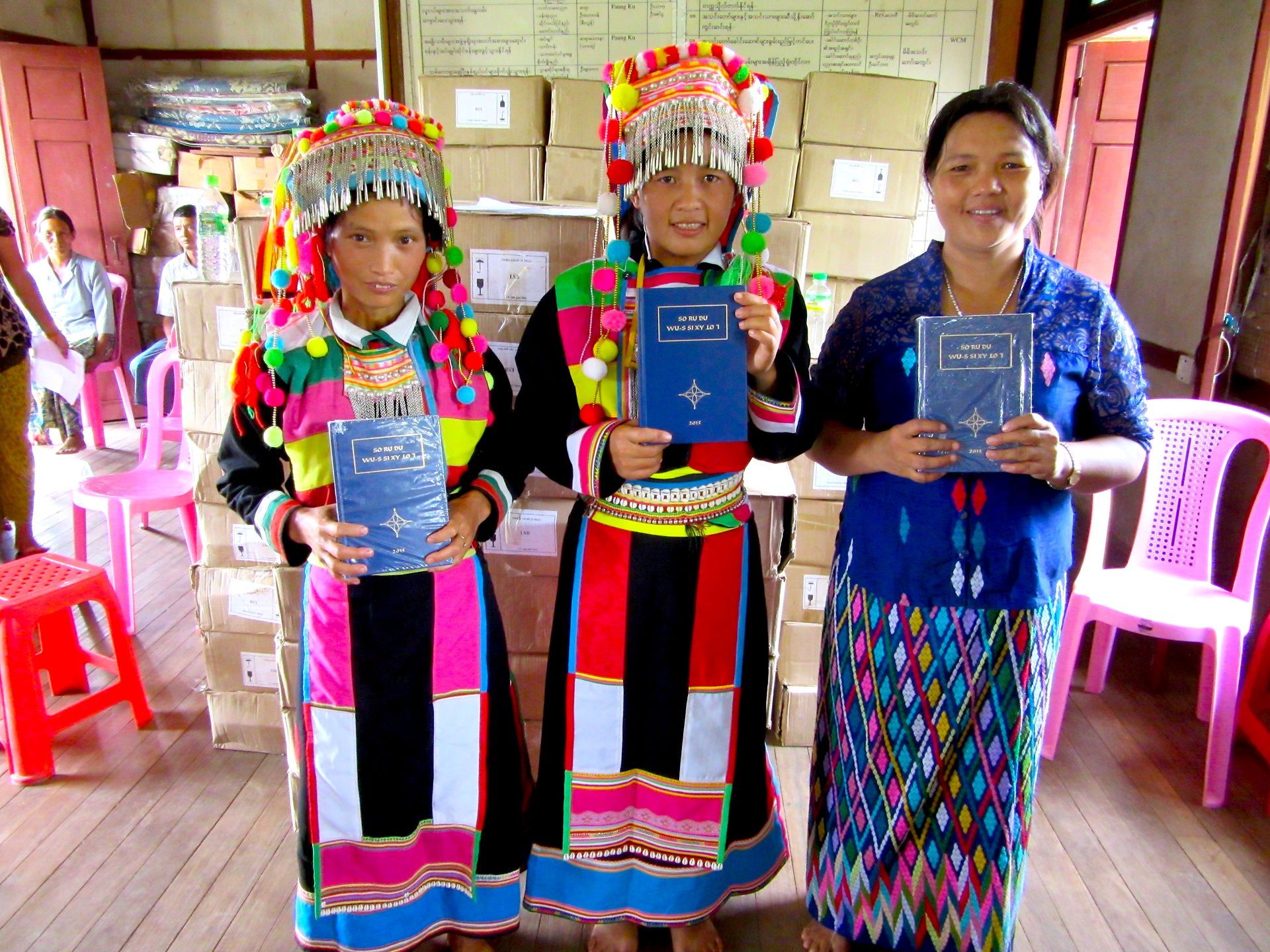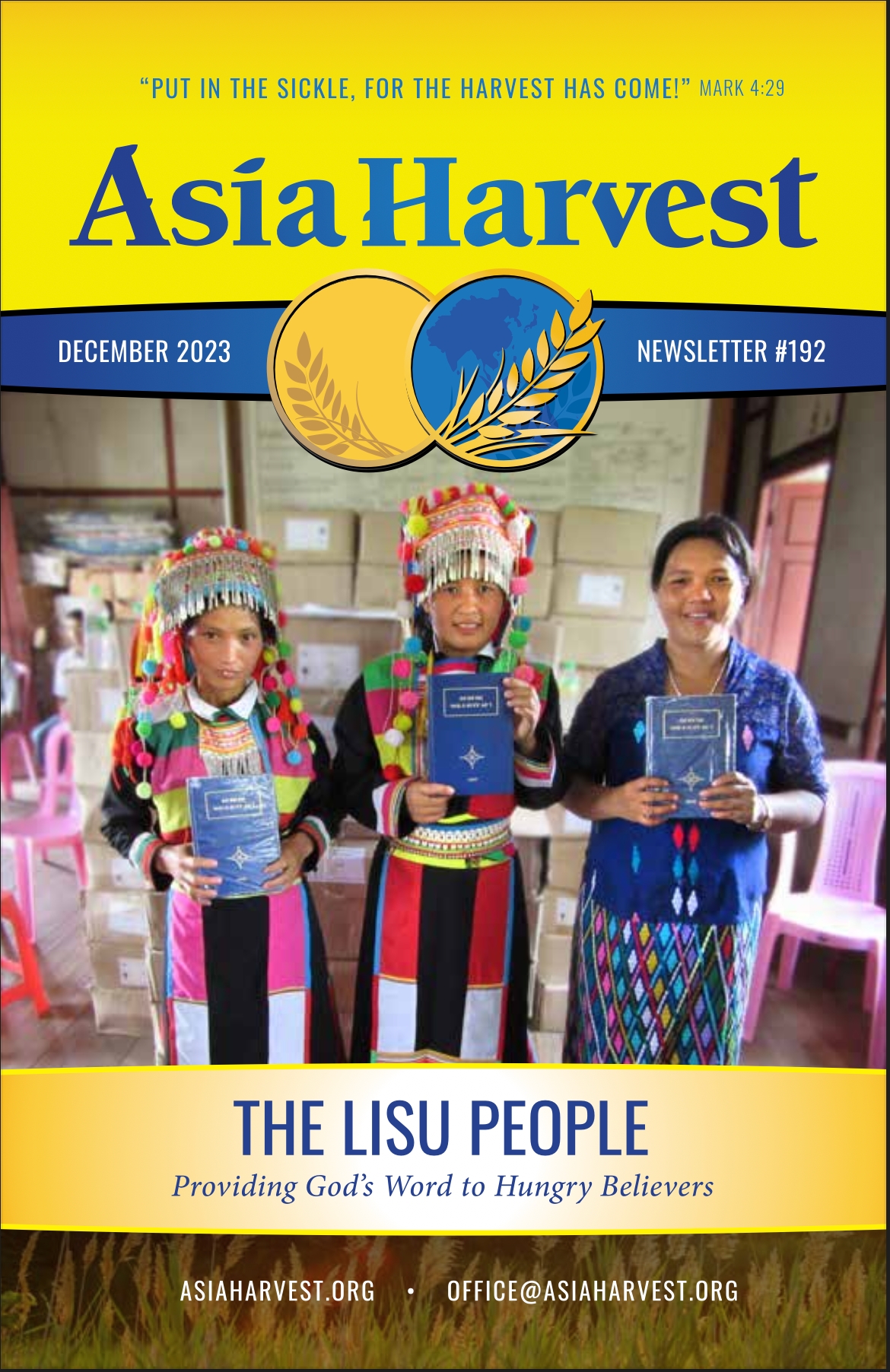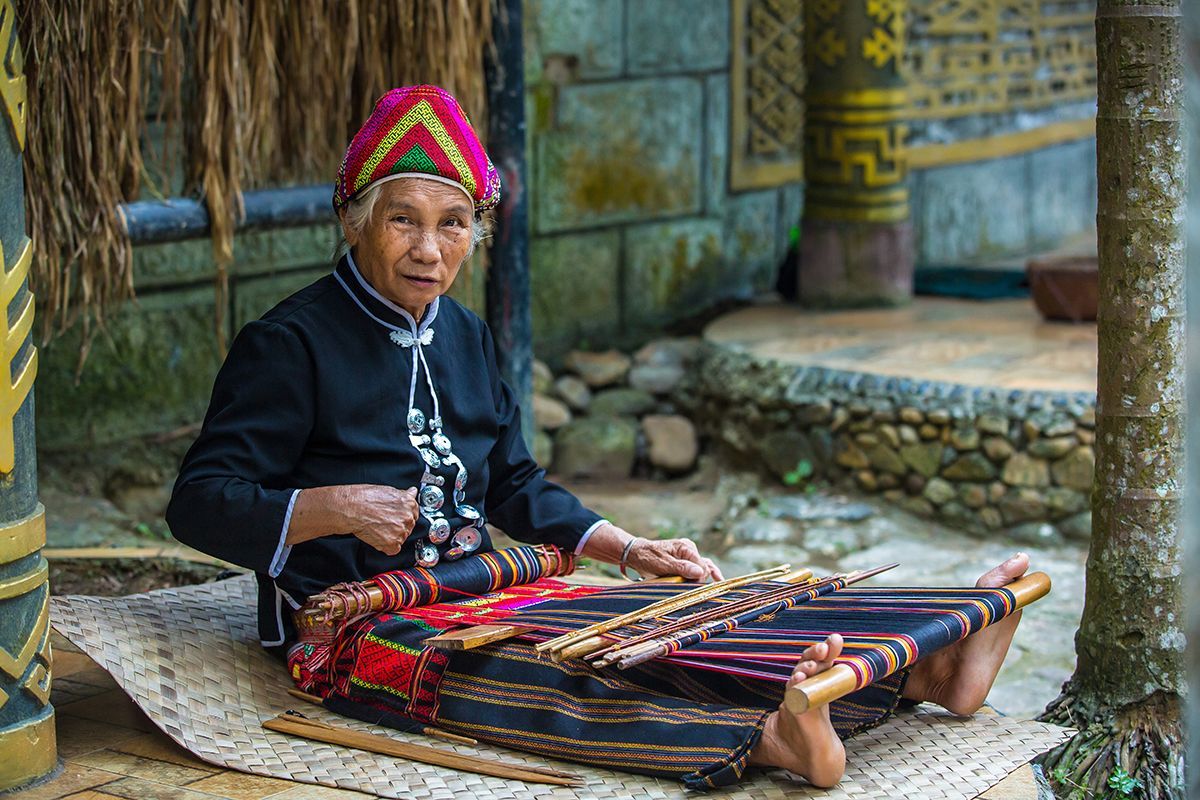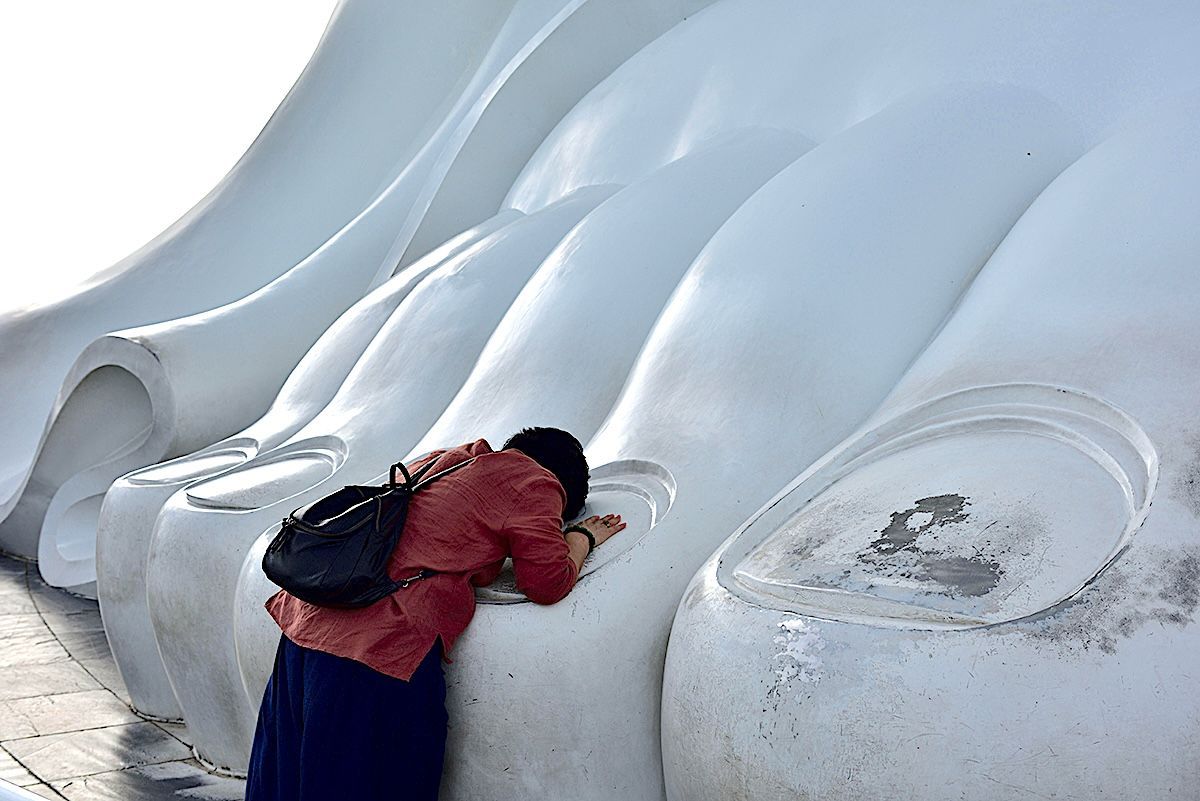The Lisu People - Providing God's Word to Hungry Believers
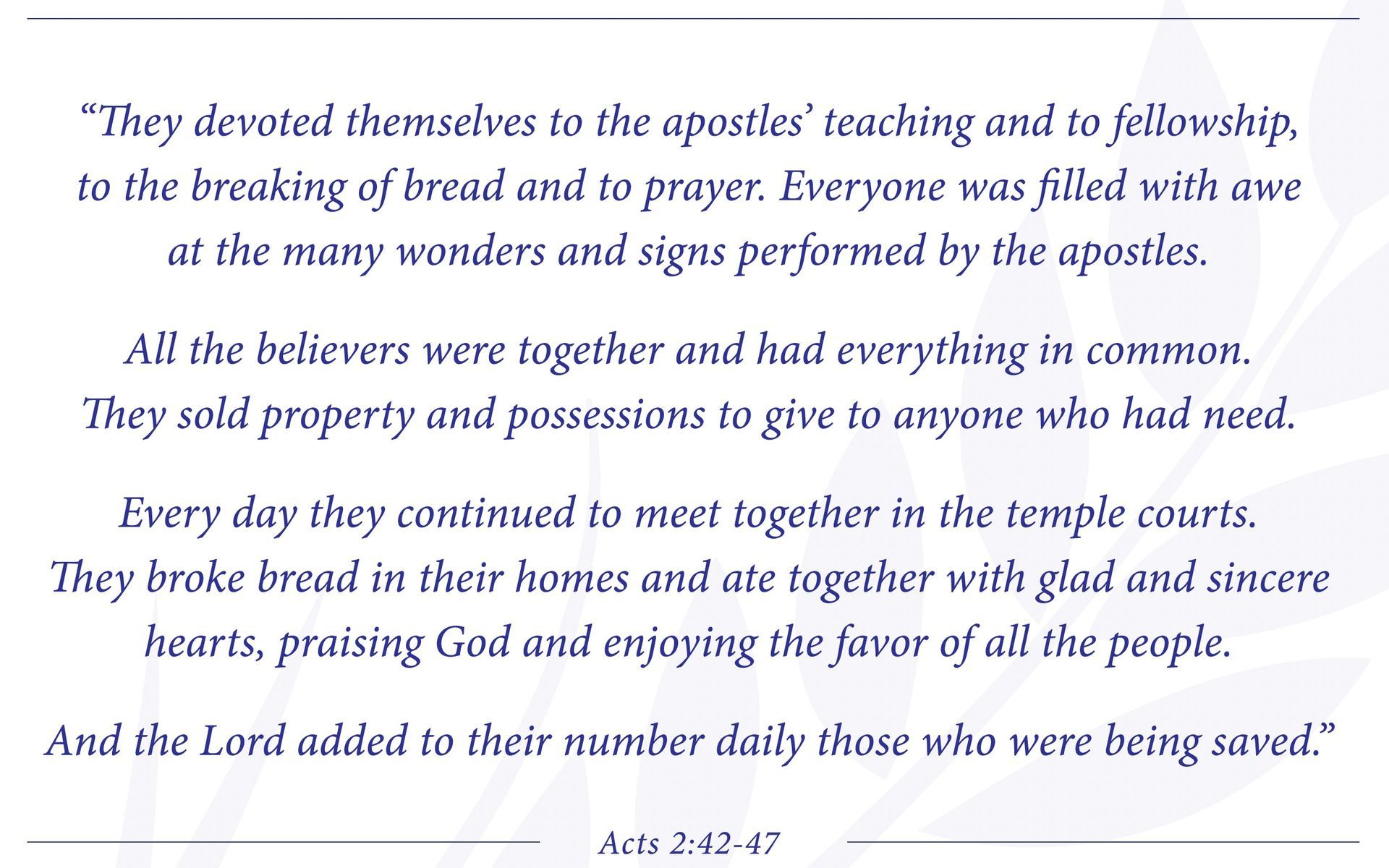
Over the years, after many church leaders and believers have read our reports about revival in China and other parts of Asia they have asked us to share the “secret” to how they too can experience “real New Testament Christianity.”
Invariably, when we delve further, we find that what they mean by New Testament Christianity is the record in the early chapters of Acts, like the passage quoted above. While such experiences are tremendously exhilarating, are they the sum total of New Testament Christianity?
Above Photo: Lisu Christians overjoyed at receiving a delivery of Bibles in their own language. 1.5 million Lisu inhabit areas on both sides of the China-Myanmar border.
About 30 years after the Day of Pentecost, the Apostle Paul sent detailed instructions to Timothy about church structure and leadership, how worship should be ordered, and the qualifications of deacons and elders. Are those Scriptures any less inspired and important than the accounts in the second chapter of Acts?
There are different seasons in the growth and maturity of the Body of Christ. At Asia Harvest, it has always been our driving ambition to establish the Gospel in the most unreached areas. Like Paul, we can say: “It has always been my ambition to preach the gospel where Christ was not known, so that I would not be building on someone else’s foundation” (Romans 15:20). This focus has not wavered for us, and by God’s grace it never will.
At the same time, however, we realize that there are tremendously important needs throughout Asia among people groups that have had the Gospel for generations, but desperately need a visitation of God to renew and revive them.
We don’t think there is much point in leading people to Christ if they are then neglected and drift back to the darkness from where they came.
Spiritual stagnation often occurs in countries where Christians have deliberately been starved of God’s Word by the authorities. This is the case among the Lisu people of southwest China and northern Myanmar.
A Remarkable Homeland
The name “Lisu” means “come down people,” reflecting the Lisu belief that they originally had a kingdom on the Tibetan Plateau, before they came down into the mountains of southwest China.
Today, the Lisu can be divided into three main groups depending on their location. The Black Lisu are the most remote, dwelling in villages high up in the mountains, often more than 10,000 feet above sea-level. The highest peak in the Lisu area is Hkakabo Razi, which at 5,881 meters (19,295 feet) is the highest in Southeast Asia. The Lisu also inhabit a spectacular area in Nujiang which has been dubbed, “Asia’s Grand Canyon.” Other Lisu live in low-lying areas among the Han Chinese and other ethnic groups.

Above Photo: Not for the faint-hearted: Pulling yourself across raging torrents on a rope is the only way to cross many rivers in the Lisu area.
The extreme homeland of the Lisu has created some unique situations. People living in some villages on the side of a high mountain are able to communicate by shouting to their neighbors several hundred yards across the valley in a village clinging to an adjacent slope, but they may never meet them in person. To do so, they would need to undertake a long and dangerous days-long journey down to the valley floor. When they reach the bottom, they must navigate across raging, bridge-less rivers, inching their way across on a rope and pulley system, before climbing back up the other side.
An Oppressed People
For centuries the Lisu longed to live peaceful lives, but have been targeted and bullied by the Chinese, Burmese, and other large races, who have made their lives miserable. The desire for freedom caused the Lisu to disperse into Myanmar, and as far afield as northeast India and Thailand.
Between 1801 and 1803 the Chinese government mobilized 10,000 troops to crush the Lisu. Many thousands died and entire communities were decimated. Survivors fled deeper into the remote mountains. Critics at the time described the excessive military action as “using a cattle knife to kill chickens.”
Later, in the 1940s, the Chinese despised the Lisu so much that 65 punitive taxes were levied on them, including one tax for each plane that flew over their region!
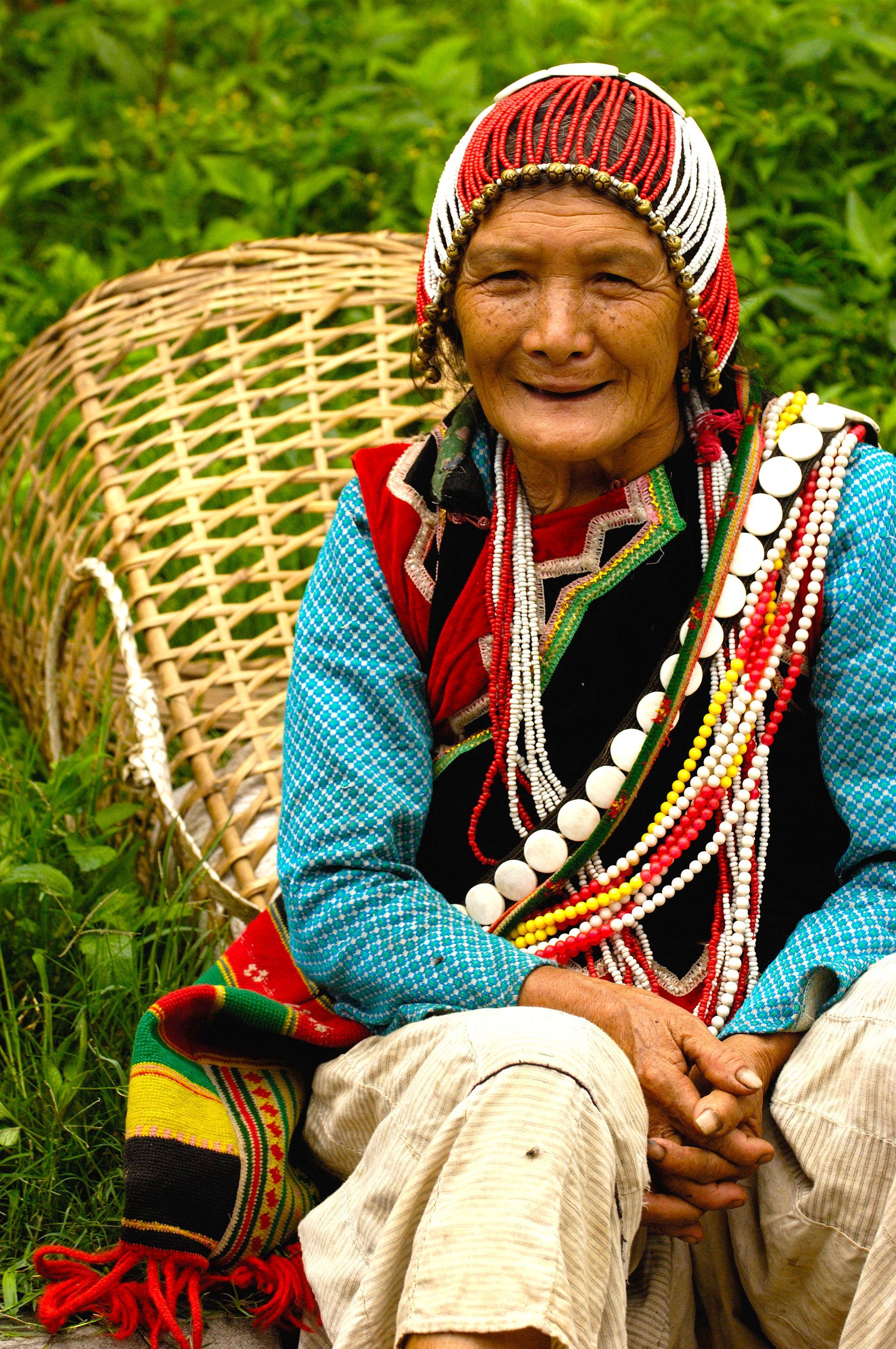
Above Photo: A Black Lisu lady from the high mountains along the China-Myanmar border.
When the first missionaries reached the Lisu area in the early 1900s, they were appalled at their spiritual and moral condition. One missionary unflatteringly described the Lisu as “utter savages.” Alcoholism and gambling were so rampant that Isobel Kuhn wrote: “When they have gambled away their money, they will often stake their children, their wives, and even themselves as slaves. As a result, in one night a whole family can be gambled away into life-long slavery.”
The state of the Lisu people was dire — the perfect situation for the Lord Jesus Christ to display His grace. What followed is one of the greatest missionary stories of the 20th century.
Jesus, the King of the Lisu
For countless generations, the Lisu believed in a supreme god named Wa Sa, who had the power to heal and protect them. They had lost contact, however, and had given up hope of ever being reconciled with him. A key to their eventual salvation was a long-held belief that one day a white brother would come and bring with him a lost book in the Lisu language, which would show them the way back to God, and He would rule them as their king. The remarkable thing is that the Lisu at the time did not have any printed material or even an alphabet, yet this legend persisted, being passed down from generation to generation.
In the first half of the 20th century, a succession of godly missionaries entered the Lisu region. Some — like James Fraser, Allyn & Leila Cooke, and John & Isobel Kuhn — became well-known in the Christian world as they reported on the extraordinary revival sweeping the Lisu into God’s kingdom.
In 1916 and 1917 alone, Fraser baptized 60,000 Lisu, with many of the converts serving Christ with the kind of zeal they had previously used to serve the devil. When one village surrendered to the Lord, they poured out all their liquor, causing all the pigs in the village to get drunk!
A key development occurred when missionary Samuel Pollard created a unique script to translate the Lisu Bible into. Despite looking like a collection of symbols and inverted English letters, the alphabet was a stroke of genius, and the Lisu were able to learn to read and write their language for the first time in history. The first Bible portions were completed in 1921, and the New Testament in 1938. Having the Word of God in their own language transformed the Lisu people.
When the Communists came to destroy their faith in the 1950s, a young Lisu man told his interrogators: “Christianity has already penetrated into our flesh and blood and it will not be easy to tear it away from us.”
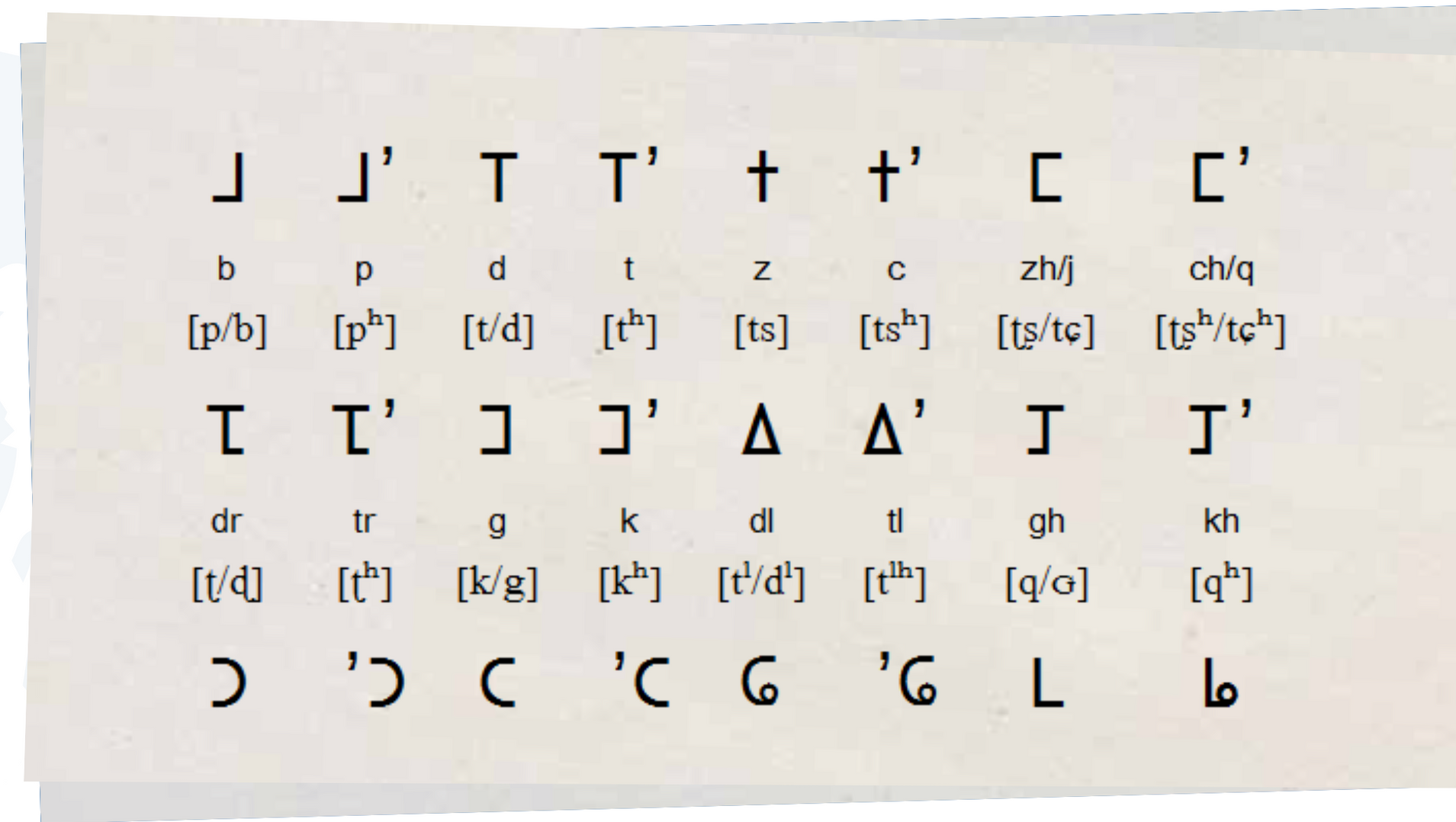
A sample of the Lisu script created by missionary Samuel Pollard.
Decades In Decline
The Lisu Christians also took responsibility to take the Gospel to other unreached tribes. For example, in 1960 Lisu evangelists risked their lives by going to the head-hunter Naga and Tangshang tribes on the Myanmar-India border. Willing to die for their faith, they planted many churches, and today the majority of the people in those groups remain Christians.
It would be nice if we concluded our story here, with hundreds of thousands of Lisu in China and Myanmar having come into the family of God. But without constant tending, a garden will slowly become choked with weeds. Over the decades, the Lisu have been deprived of Bibles, with the Chinese Communists and the Burmese military rulers combining to cut off the supply of God’s Word to them.
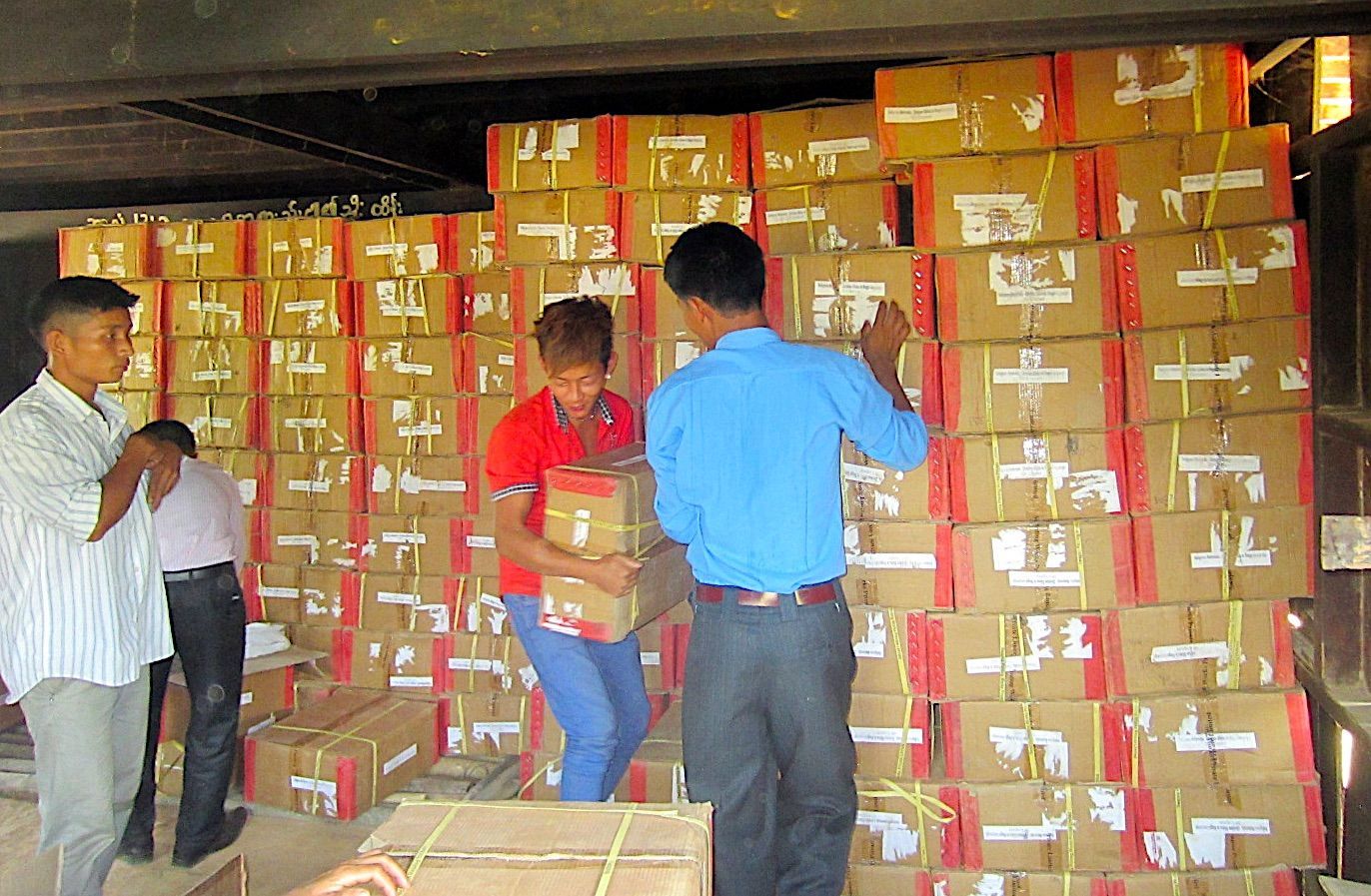
As a result, while multitudes of Lisu remain dedicated Christians today, many of the younger generations have a form of godliness but no personal relationship with Jesus Christ. They need a fresh visitation of the Holy Spirit.
Missionary Grace Jacob taught at a Chinese university for years. She was excited to learn that some of her new students were Lisu Christians, but discovered that even though they regularly attended church, the young men lived immoral lives and loved partying every weekend.
None of them had ever heard of John 3:16 or Psalm 23! When she asked them, “What is a Christian?” they replied with a confused expression, “Is it someone who lives a moral life?”
After a century of glorious victories and famous missionary stories, it would be tragic for the final chapter of the Lisu to be one where they reverted back to their former ways due to decades of decline without access to the Scriptures.
Thank you for your Prayers and Giving!
Click here to make your donation for Bibles today.
E-Newsletter Sign Up
RECENT POSTS
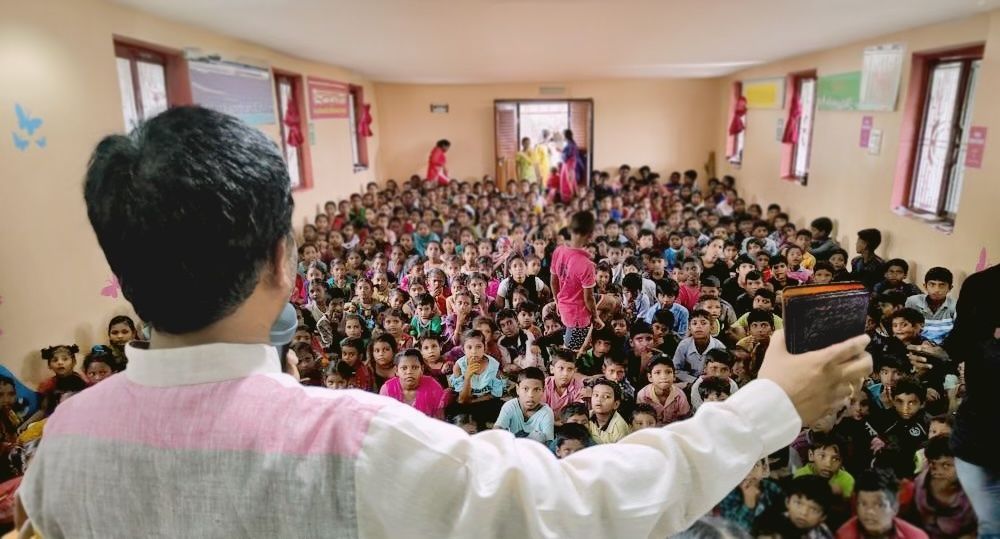
"Feel free to share this message with interested Christians or on social media" - Asia Harvest

